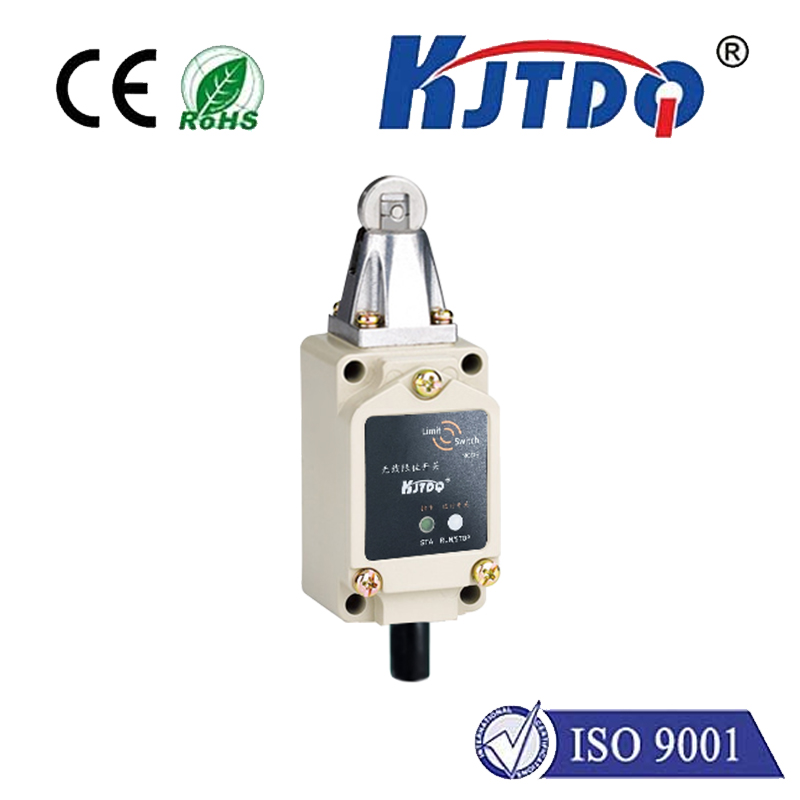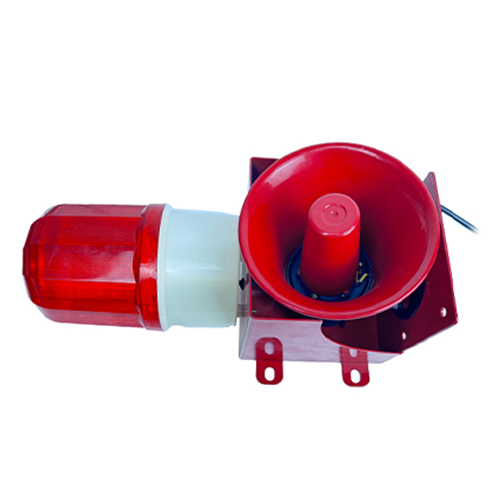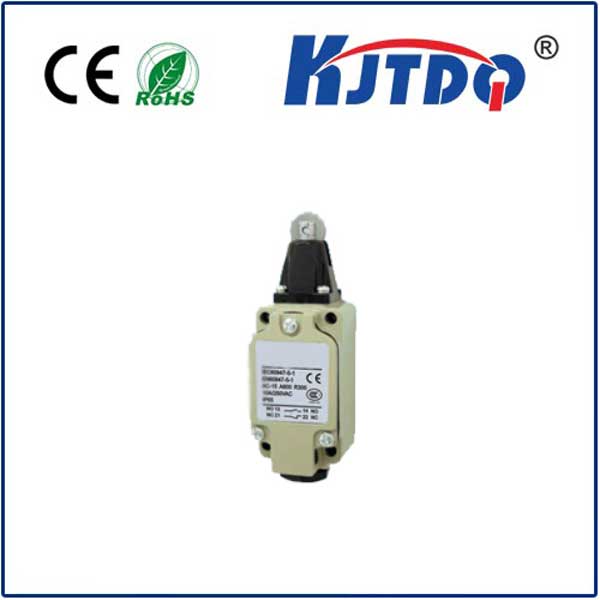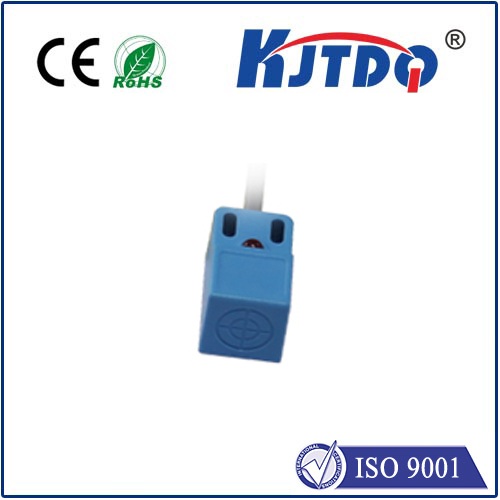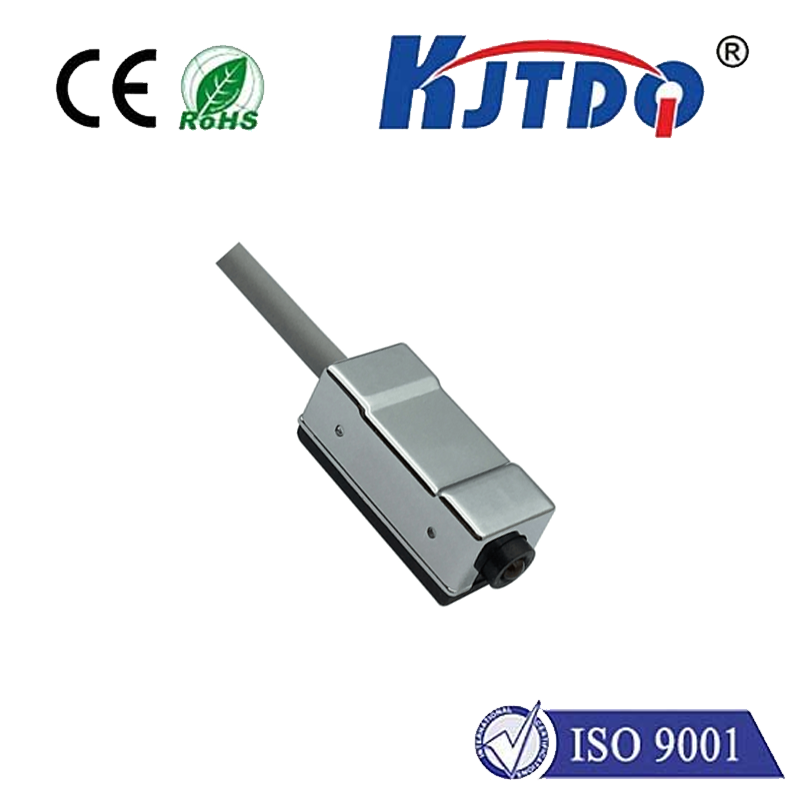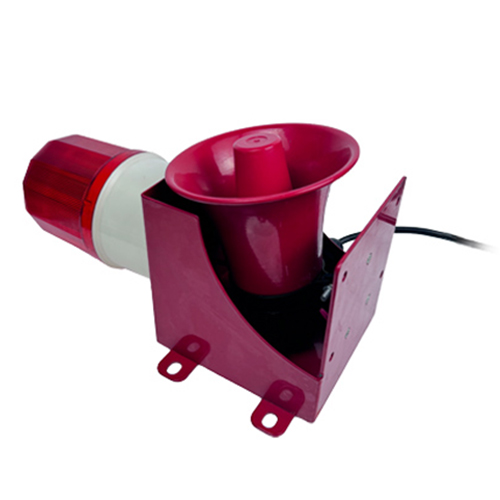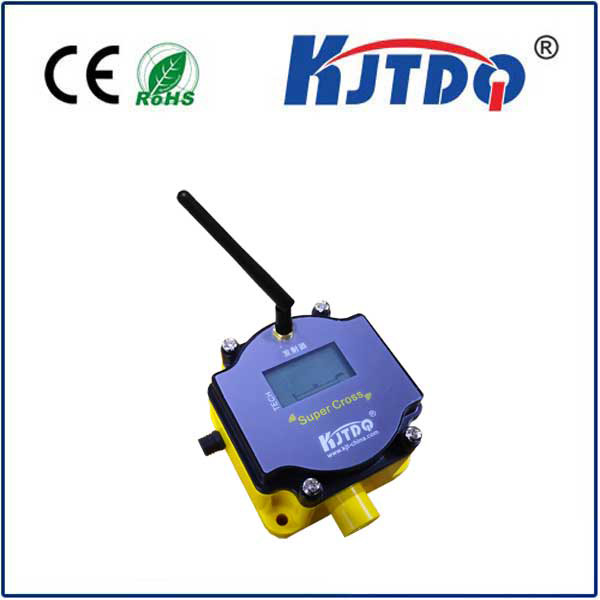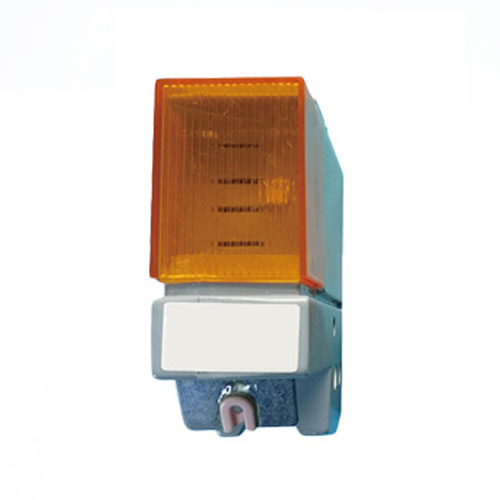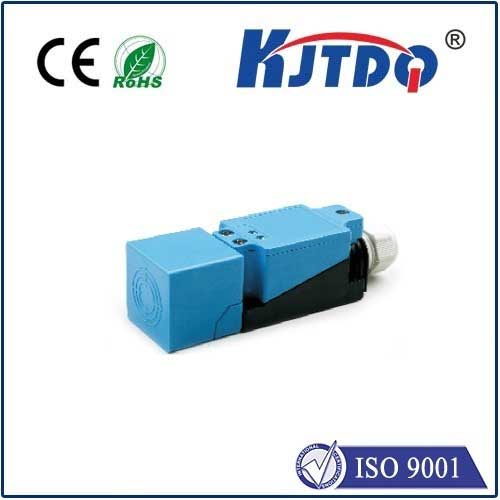npn type proximity sensor
- time:2025-07-15 08:52:29
- Click:0
NPN Type Proximity Sensors: The Unsung Heroes of Reliable Industrial Detection
Imagine unplanned downtime grinding your production line to a halt. Often, the culprit is a sensor failure. In the demanding world of industrial automation, where precision and reliability are non-negotiable, choosing the right detection technology is paramount. Enter the NPN type proximity sensor – a rugged, dependable workhorse specifically engineered for non-contact detection of metallic objects. Understanding how these sensors function and why NPN remains a dominant choice, especially in certain circuit configurations, is key to optimizing performance and minimizing costly disruptions.
What Exactly is an NPN Proximity Sensor?
At its core, a proximity sensor detects the presence (or absence) of an object without physical contact. NPN type proximity sensors specifically utilize inductive sensing technology. This means they generate an oscillating electromagnetic field from the front face (sensing surface). When a ferrous or non-ferrous metal target enters this field, it induces eddy currents within the metal. These eddy currents absorb energy from the sensor’s oscillator, causing a measurable change in the field’s amplitude or frequency.
The sensor’s internal circuitry detects this change and triggers a switching action. This is where the “NPN” designation becomes critical. It refers to the type of transistor used in the sensor’s output stage. An NPN transistor is configured to act as a low-side switch or “sinking switch.” Here’s the crucial point: In its active state, the NPN output connects the load to ground (0V), effectively “sinking” current from the load into the sensor’s output terminal.
NPN vs. PNP: Understanding the Critical Output Distinction
The output type is arguably the most confusing aspect for newcomers, yet it’s fundamental for correct wiring and system compatibility. The main alternative to NPN is PNP. Think of it like this:
- PNP Output (Sourcing): When active, the PNP sensor’s output provides a positive voltage supply (+V) to the load. The load’s other side connects to ground.
- NPN Output (Sinking): When active, the NPN output provides a path to ground (0V) for the load. The load’s other side connects to the positive voltage supply (+V).
This difference dictates how you wire the device to your controller (like a PLC) or relay. An NPN sensor requires its load (e.g., the PLC input module) to be connected to the positive voltage supply. When the sensor detects a target, it completes the circuit by connecting the PLC input to ground, signaling detection. Wiring an NPN sensor incorrectly to a unit expecting a PNP signal will simply not work.
Why Choose NPN? Key Advantages in the Field
While both types are widely used globally, NPN sensors hold distinct advantages in many common industrial control scenarios:
- Compatibility with Sinking Input PLCs: Many programmable logic controllers (PLCs), especially designs common in North America and Asia, utilize “sinking” input modules. An NPN sensor is the perfect match for these modules, creating a direct and simple connection path to ground when activated.
- Intrinsic Safety (Simplification): In certain fault scenarios, an NPN sensor design can offer a theoretical safety advantage. If an internal short circuit occurs between the output and the sensor’s housing (typically grounded), an NPN output would short to ground (a safe state in many circuits), potentially preventing a dangerous positive voltage from appearing on the output line unexpectedly. Note: This does not replace proper safety-rated components where required.
- Easier Integration in Multi-Voltage Systems: NPN sensors, acting as a ground switch, can sometimes offer more straightforward isolation between different voltage levels within a complex machine or system.
- Reliability and Ruggedness: Like all quality inductive proximity sensors, NPN types are inherently robust. They have no moving parts to wear out, resist vibration, and are protected against dust, dirt, oils, and coolants (depending on the housing rating - IP67/IP68 is common). This makes them ideal for harsh factory environments where mechanical switches would quickly fail.
- Fast Switching Speeds: Capable of responding in milliseconds, they are perfect for high-speed counting, positioning, and automation tasks far beyond the capability of mechanical limit switches.
Where Do NPN Proximity Sensors Shine? Core Applications
Their robustness and specific output characteristics make them ubiquitous across industries:
- Machine Automation: Detecting the position of cylinders, clamps, slides, pallets, and robotic arms. Verifying part presence or absence on conveyors, assembly lines, and workstations.
- Material Handling: Counting products, controlling gates, detecting bin levels (metal components), and confirming package positioning.
- Packaging Machinery: Monitoring the filling of metal containers, verifying cap placement (if metallic), and checking for labels on metallic rollers.
- Automotive Manufacturing: Critical for ensuring proper component positioning, end-of-arm tooling confirmation in robots, and checking fixture clamping.
- Metalworking: Tool breakage detection, spindle positioning, part indexing, and controlling coolant flow based on part presence.
- Conveyor Systems: Detecting metal slugs, monitoring chain position, and initiating sorting mechanisms.
Selecting the Right NPN Proximity Sensor: Key Considerations
Choosing the optimal sensor requires more than just specifying “NPN”. Keep these factors in mind:
- Sensing Distance: The stated nominal range (e.g., 2mm, 5mm, 8mm) is crucial. Remember, the actual operating distance can be affected by the target material, size, shape, and mounting conditions. Always provide adequate clearance.
- Target Material: Inductive sensors detect metals, but sensitivity varies. Ferrous metals (iron, steel) are detected at longer ranges. Non-ferrous metals (aluminum, copper, brass) require a shorter sensing distance. Check the sensor datasheet for correction factors.
- Housing Material & Shape: Options include cylindrical (e.g., M8, M12, M18, M30 threaded barrels) or rectangular block styles. Material is often nickel-plated brass or stainless steel for durability. Shielded (flush mountable) or unshielded (require side clearance) designs are available – shielding is vital if the sensor must be mounted flush in metal.
- Output Configuration: NPN sensors come in three main sub-types:
- NPN Normally Open (NPN NO): Output switches ON to ground (activates/sinks current) when a target is present.
- NPN Normally Closed (NPN NC): Output is ON to ground when no target is present; switches OFF when a target is detected.
- NPN NO/NC (Selectable): Can be configured as either NO or NC via a switch or wiring.
- Connection Type: Options include fixed cable with flying leads, pre-molded M8/M12 connectors (2-wire, 3-wire, or 4-wire), or quick-disconnect versions. 3-wire is standard for discrete DC sensors (Supply +V, Supply 0V, Signal Output).
- Voltage Rating: Ensure the sensor’s operating voltage (e.g., 10-30V DC) matches your control system’s power supply.
- **Environmental Rating











